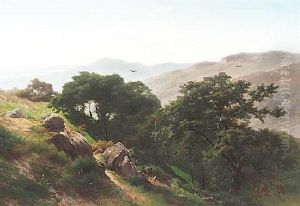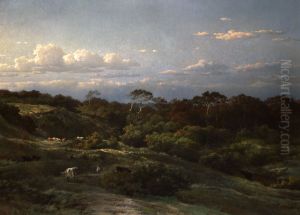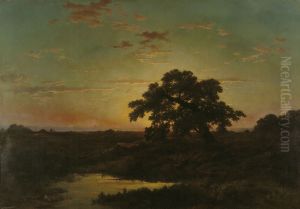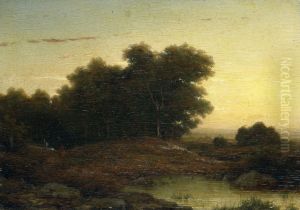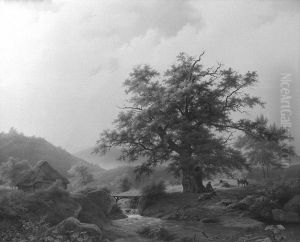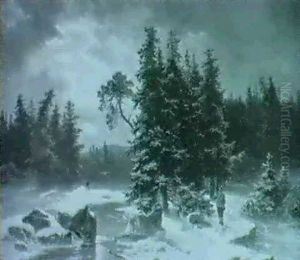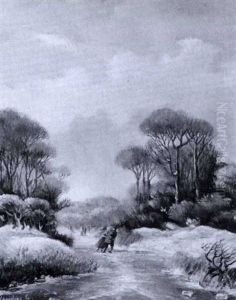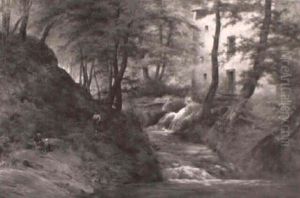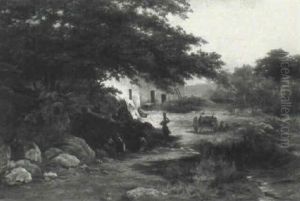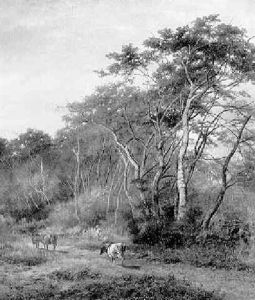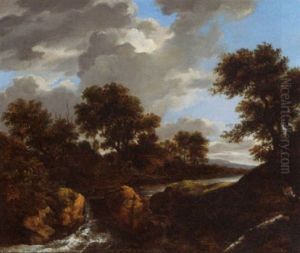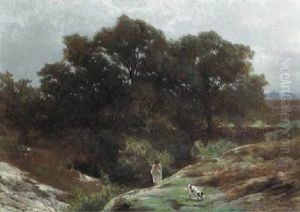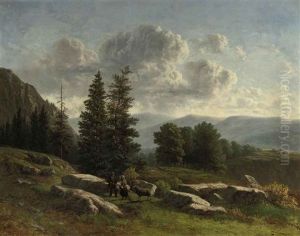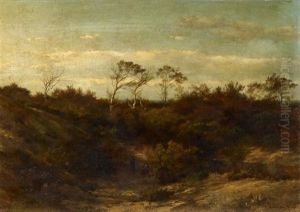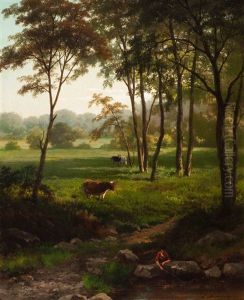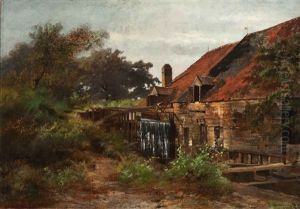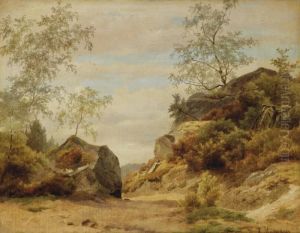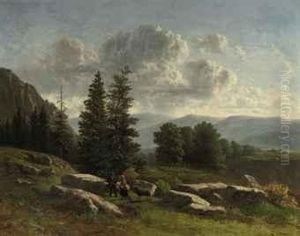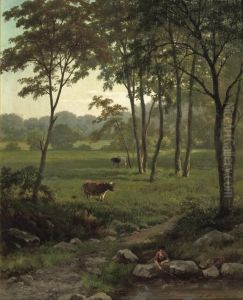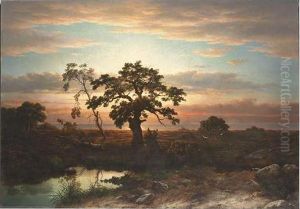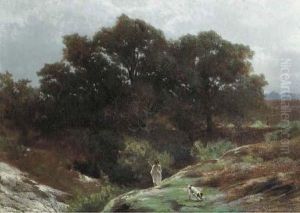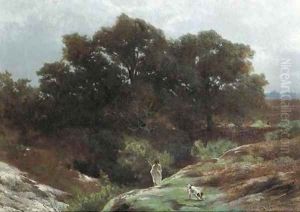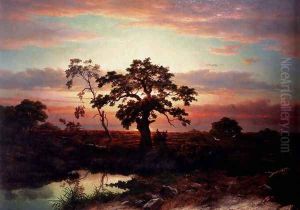Louwrens Hanedoes Paintings
Louwrens Hanedoes was a Dutch landscape painter born on June 24, 1822, in The Hague, Netherlands. Hanedoes' painting career blossomed during the 19th century, a time when the Dutch art scene was rich with Romanticism and influenced by the Hague School, although Hanedoes remained somewhat distinct in his individual style.
Hanedoes received his artistic training at the Academy of Fine Arts in The Hague, where he studied under the tutelage of prominent landscape painters of the time. He was influenced by the works of the Old Masters, and his style often reflected a romanticized vision of the Dutch countryside, characterized by meticulous detail, a serene atmosphere, and a harmonious color palette.
During his lifetime, Louwrens Hanedoes gained recognition for his picturesque landscapes, which often featured scenes of the Dutch polders, forests, and rivers. His work was appreciated for its tranquil beauty and his ability to capture the changing effects of light and weather on the natural environment. Hanedoes exhibited his work in various exhibitions and his paintings were sought after by collectors and art enthusiasts of the time.
Hanedoes' artistic output was prolific, and his landscapes remained popular throughout his career. Despite the shifts in artistic trends, Hanedoes continued to paint in a style that stayed true to his romantic roots, largely unaffected by the more modern movements that were emerging towards the end of the 19th century.
The artist passed away on November 4, 1905, in Vreeland, Netherlands. Today, Louwrens Hanedoes' works are part of Dutch national art collections and can be viewed in museums across the Netherlands, serving as a testament to his contribution to the tradition of Dutch landscape painting. His legacy lives on as a representative of the romantic allure of the Dutch countryside during the 19th century.
